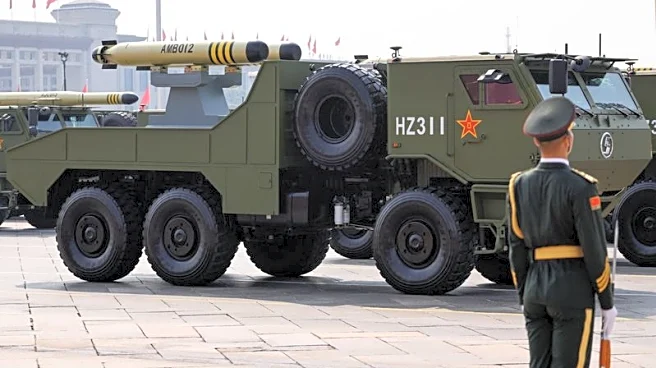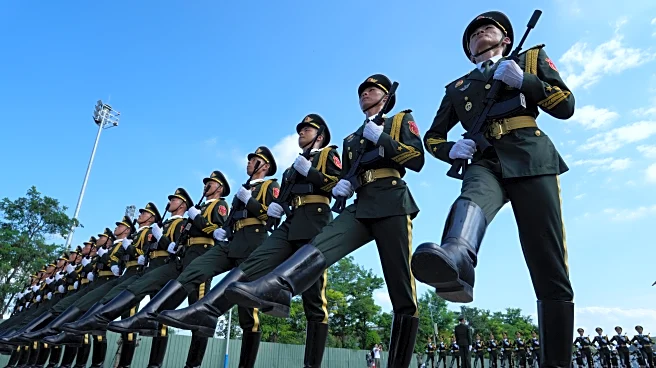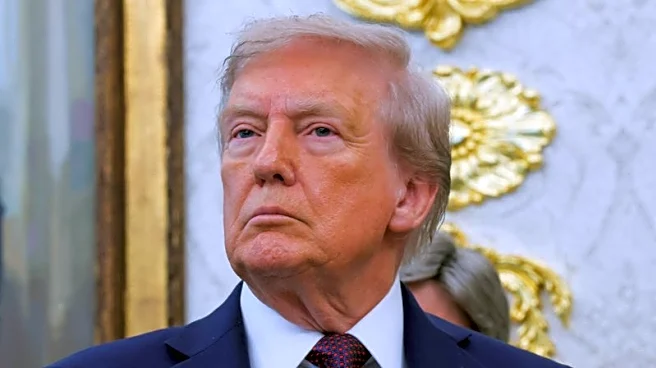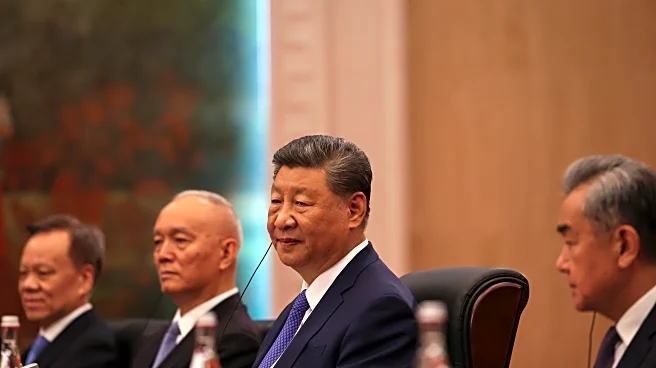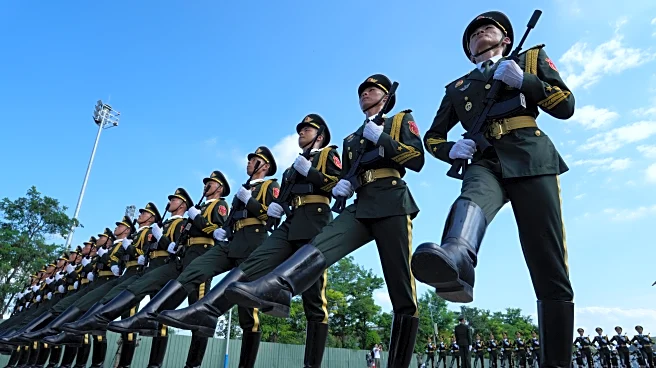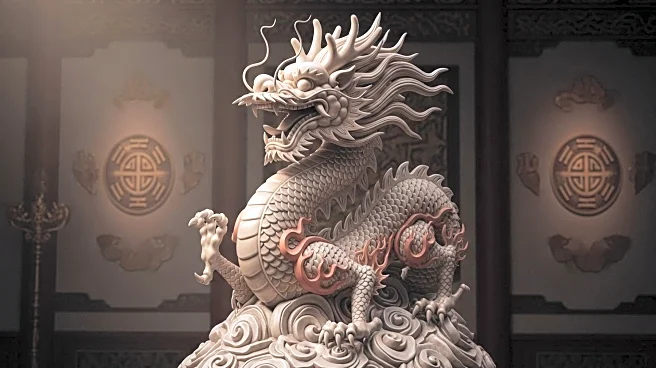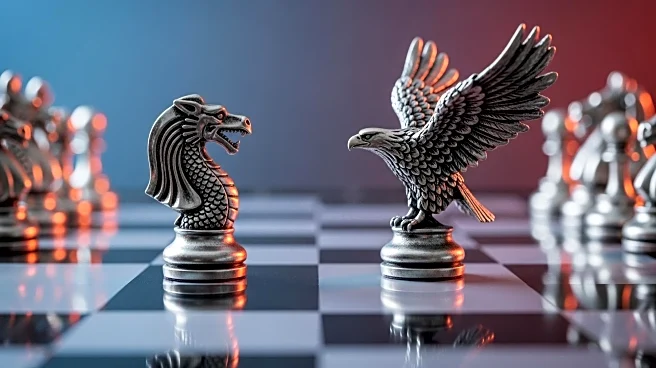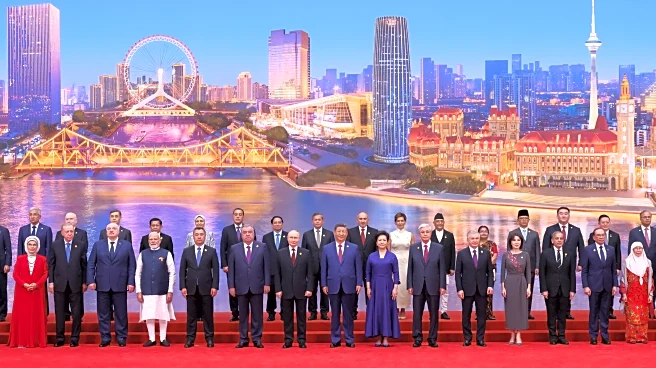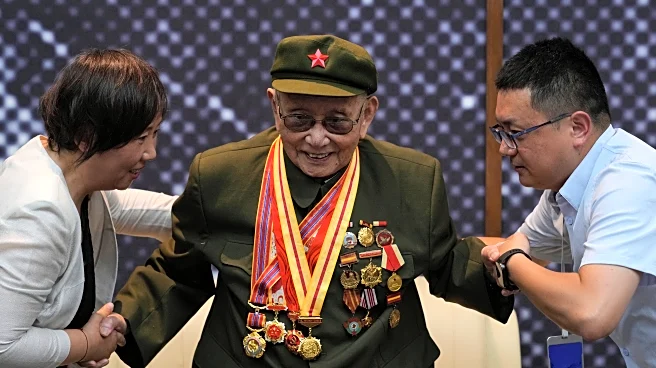By Greg Torode
SINGAPORE (Reuters) -From an upgraded, nuclear-armed missile with near-global reach, to air defence lasers, hypersonic weapons, and sea drones that could crowd its near seas, China sent a broad message of deterrence with its largest ever military parade on Wednesday.
Military analysts and diplomats say China's leader Xi Jinping was serving multiple constituencies as he oversaw the parade - the U.S. and its allies, China's neighbours, plus regional powers India and Russia, and countries
potentially eyeing purchases of Chinese technology.
"For all the operational questions that surround some of these new elements, China was sending a message of technological advance and military strength on all fronts - there is a indeed a lot for rival defence planners to get their heads around," said Singapore-based security analyst Alexander Neill.
James Char, a China defence scholar at Singapore's S. Rajaratnam School of International Studies, said the comprehensive range of new weapons on show highlighted how the Chinese military was determined to be able to control its near seas in any potential conflict with U.S.
"The combination of the (sea) ... drones that they have and also the missiles, it will create an area with that external navies couldn't even enter to intervene in the event of a contingency," Char said.
Specifically, the new torpedo-shaped drones and array of hypersonic weapons that can be fired from land, sea and air would be a serious threat for the U.S. and its partners - particularly when combined with its growing number of DF-26 medium-range ballistic missiles that could target ships and bases such as Guam.
Beyond the neat demonstration of precision and discipline on display at the parade, question marks remained about the full capabilities of the new weapons, Char said.
Analysts have long noted that China would have to effectively secure control of the South and East China seas in any conflict over Taiwan to ensure success - no easy task given the traditional naval dominance of the U.S. across East Asia.
(Reporting by Greg Torode in Singapore and Beijing newsroom; Editing by Lincoln Feast.)
